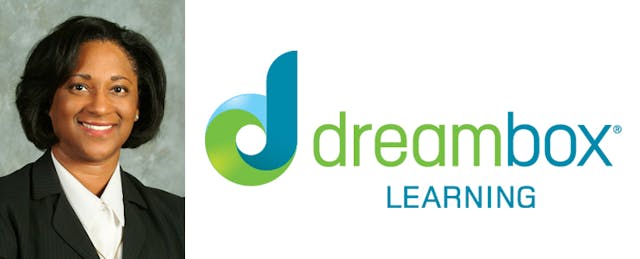“In dreams begin responsibilities,” or so goes the epigram to a poetry volume, Responsibilities, by the Irish poet, W. B. Yeats. For DreamBox Learning, which announced a $14.5 million Series A1 round, its responsibility to show how technology can help preK to sixth-grade students improve their math skills just became that much greater.
Netflix CEO Reed Hastings, who invested through the Charter School Growth Fund, led the round for the Bellevue, WA-based developer of the popular online, adaptive game-based math platform. Also participating were existing investors: John Doerr, Deborah Quazzo, and GSV Capital Corp., which tripled its investment in the company. Two Seattle-based angel investors also took part. DreamBox last raised a $11 million Series A round in December 2011.
The funding will help the company further refine its analytics platform to provide parents and educators with better insights into how students learn math concepts. In a press release, the company boasts that its “intelligent adaptive learning platform” processes “over one billion student data points per day.” DreamBox CEO Jessie Woolley-Wilson tells EdSurge that “we can do a lot more to leverage this data to make sure that every child stays in the proximal zone of development.”
DreamBox will also bolster its sales and marketing operations to better engage district-level clients. For Woolley-Wilson, this marks a new growth stage for the company that only started selling to schools in 2011--five years after it was founded. Since then, DreamBox has won school customers in all U.S. states and Canadian provinces. (Woolley-Wilson is mum on the exact user count.) Many of those district-wide deployments began with individual teachers who tried the product out when blended learning was a new concept. “We started with single classrooms; classrooms then turned to buildings; buildings turned to districts,” says Woolley-Wilson.
But now, she “sees a lot more confidence and curiosity in blended learning from many districts have already made a commitment” to purchasing technology.
DreamBox has won a slew of awards from industry organizations and media outlets. Still, some have wondered whether its claims of student learning gains have been just, well, a dream. A December 2013 report from the What Works Clearinghouse (WWC), a U.S. Department of Education’s Institute of Education Sciences (IES) initiative that looks for evidence of efficacy for education products, said DreamBox had “no discernable effects on mathematics achievement for elementary school students.”
That report, however, was based solely on one four-month long SRI study conducted in 2010, in which the researchers write:
“Although we found no statistically significant effects on the problem solving, number sense, computation, or statistics and probability subsets, the effects all have a positive sign, suggesting that DreamBox improved student math achievement in a comprehensive way.”
When SRI published its study, DreamBox hailed it as a strong signal of the software’s positive affect on students. SRI researchers also noted that the results were “positive” and merited more investigation, particularly as it was a short study. (Here was the SRI press release).
The devil lurks in statistics, however: More recently, the Institute of Education Sciences (IES) disagreed with data SRI left out of its calculations: 26 students were excluded from the analysis because of missing pre-test and/or post-test scores. IES’ recalculation of the results pointed to more modest gains--and sparked a sharp rebuttal from Woolley-Wilson: “We find the WWC report to be both disappointing and irresponsible. It is a disservice to educators and students,” she wrote in an email.
In addition to disputing the calculations of effectiveness, Woolley-Wilson points to reports by schools themselves: “...schools such as Petaluma Elementary in California, West Seattle Elementary in Washington, and Waterloo Region DSB in Canada have documented how DreamBox has resulted in significant achievement gains,” she wrote.
“The thing we find most inspirational is when we hear from users who have done their own split A/B pre- and post-test based on the NWEA or STAR tests,” she tells EdSurge.
Even better: DreamBox will release new effectiveness results from the American Institutes for Research (AIR) in mid-2014. “We know that educators want more more reliable information concerning efficacy, and we are investing to make sure that we get more third-party research available,” says Woolley-Wilson.
As DreamBox grows its user base, Woolley-Wilson is confident that the adaptive technology behind the platform will continue to evolve as it receives more data about how students learn and how teachers guide that learning. “We have to partner with educators, so that as their world and success requirements change, our technology changes to support them. As the world continues to change, we know students will have to continue to remake their skill sets, and learning guardians will have to continue to innovate.”
She adds this tongue twister: “And we have a technology that learns the learner as the learner learns.”


